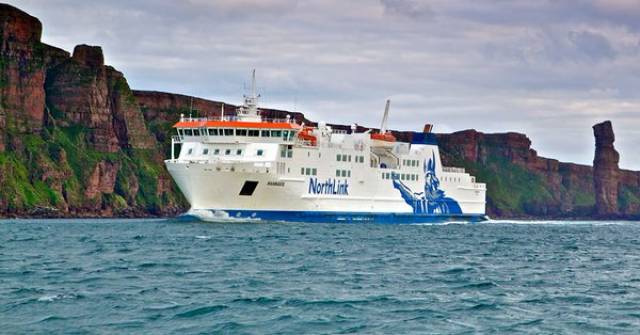International service company, the Serco Group plc has been selected by the Scottish Government as preferred bidder in the contract to continue managing and operating the lifeline of Northern Isles Ferry Services to the Orkney and Shetland islands.
The passenger and freight services between the Scottish mainland (Scrabster) to Orkney Islands and (Aberdeen) Shetland Islands, provides essential access and supplies for the islanders. The outcome of the tender was announced last month by the Minister for Energy, Connectivity and the Islands to The Scottish Parliament.
There is currently a mandatory standstill period following the appointment decision. The new contract will ensure continuity of service, is anticipated to start in the fourth quarter and has a total estimated revenue value to Serco of approximately £450m over the initial six-year term. There is an option for Scottish Ministers to extend the contract for a further two years, valued at a further £160m.
Serco will build on the strengths and experience gained over the past seven years of operating the NorthLink Ferries franchise. Key features and improvements will include:
- continuing to undertake the planned maintenance and dry docking of the vessels (see story CMAL acquire ferries) in Scotland, to ensure strong levels of resilience with reduced time away from service;
- improvement of the terminal facilities at Hatston, Kirkwall in the Orkney Islands, and enhanced passenger information systems at all the terminals;
a new smart ticketing system for foot passengers; - a new demand analysis and forecasting model to inform and improve accuracy and confidence in passenger and freight requirements;
- a new ‘Green Travel’ campaign aimed at customers and employees, together with a new Carbon Reduction strategy to reduce emissions.
Rupert Soames, Serco Group Chief Executive, said: “We are delighted to have been awarded this contract by Scottish Ministers. We are very proud of our track record over the past seven years, during which time we have improved almost every aspect of the lifeline service for the communities and businesses of the Northern Isles, while also reducing materially the annual subsidy and thereby reducing the burden on the Scottish taxpayer. We look forward to further improving the service in the coming years.”
Since Serco first began managing the service in 2012, all aspects have been improved in terms of customer satisfaction, reliability, safety and community support.
According to Serco, passenger numbers have increased by 18%, vehicle traffic by 38% and freight volumes by 24%. Reliability performance is 99.97%. Employment of people from the local communities has increased by 18% and Serco NorthLink Ferries is the first Scottish ferry company to achieve Investors in People Gold rating.
Furthermore, Serco sources over 80% of food, beverage and retail services from within a 50-mile radius of the operating ports, an increase from 12% since 2012.
Since 2013 the vessels have undergone significant upgrade and improvement including: new and additional reclining pod seats; upgraded premium cabin facilities; new locally sourced Glencraft mattresses for all cabins; and the new Magnus lounge and shower facilities for those not travelling in a cabin.






























































